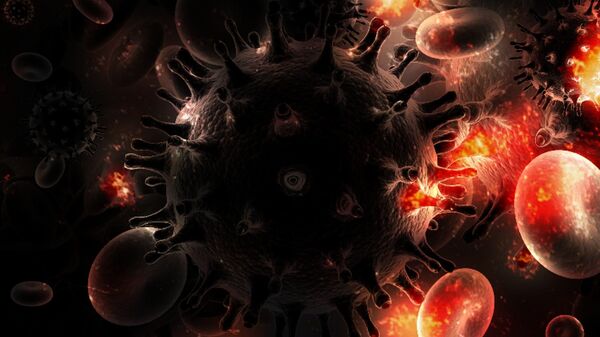Latent HIV reservoirs are the cells of the body where HIV is able to persist even when patients are undergoing antiretroviral therapy. If someone diagnosed with HIV does not take their HIV antiretroviral medication, the amount of HIV in their body (called the viral load) will increase. Although antiretroviral drugs can suppress HIV viral loads, they cannot completely eliminate latent HIV reservoirs.
HIV reservoirs are where the cells that produce HIV infected cells hide out — antiretroviral drugs can suppress the infected cells they produce, but cannot actually flush out the reservoirs themselves. These HIV harboring reservoirs persist in the body even after antiretroviral medication decreases viral loads to undetectable levels.
However, according to researchers from the IrsiCaixa Institute for AIDS Research in Barcelona and the Gregorio Maranon Hospital in Madrid, stem cell transplant treatment was able to significantly reduce the HIV reservoirs of five patients to less than 0.006 infectious units per million cells. Viral loads that are less than 50 copies of HIV per milliliter of blood are considered "undetectable."
The scientists gave their patients allogeneic stem cell transplants, a procedure in which a person receives blood-forming stem cells from umbilical cords and bone marrow of genetically similar donors.
According to the report, analysis of the viral reservoirs showed that five out of the six patients in the study had undetectable HIV RNA (which measures the level of antibodies that fight HIV) in their blood and all six had undetectable HIV viral loads in their cerebrospinal fluid. The only participant with detectable HIV RNA received umbilical cord blood stem cells with an antithymocyte globulin, which is an infusion of horse or rabbit-derived antibodies against human T cells (a type of white blood cells that play an important role in cell immunity). It is unclear from the abstract of the report what kind of stem cells the other patients received.
The study was inspired by Timothy Brown, an American considered to be the first and only person to be cured of HIV. He is often referred to as "The Berlin Patient" because he was diagnosed with the virus in 1995 while studying in Berlin, Germany.
Brown's HIV was cured after he underwent a procedure known as a hematopoietic stem cell transplantation to treat his leukemia in 2007. The procedure involves the transplantation of multipotent stem cells usually derived from bone marrow, peripheral blood or umbilical cord blood.
Brown's donor had a mutation called CCR5 Delta 32, which makes blood cells immune to HIV by blocking the virus from attaching to them. After the procedure, Brown stopped taking his antiretroviral medication, and to this day, he remains completely free of HIV.




